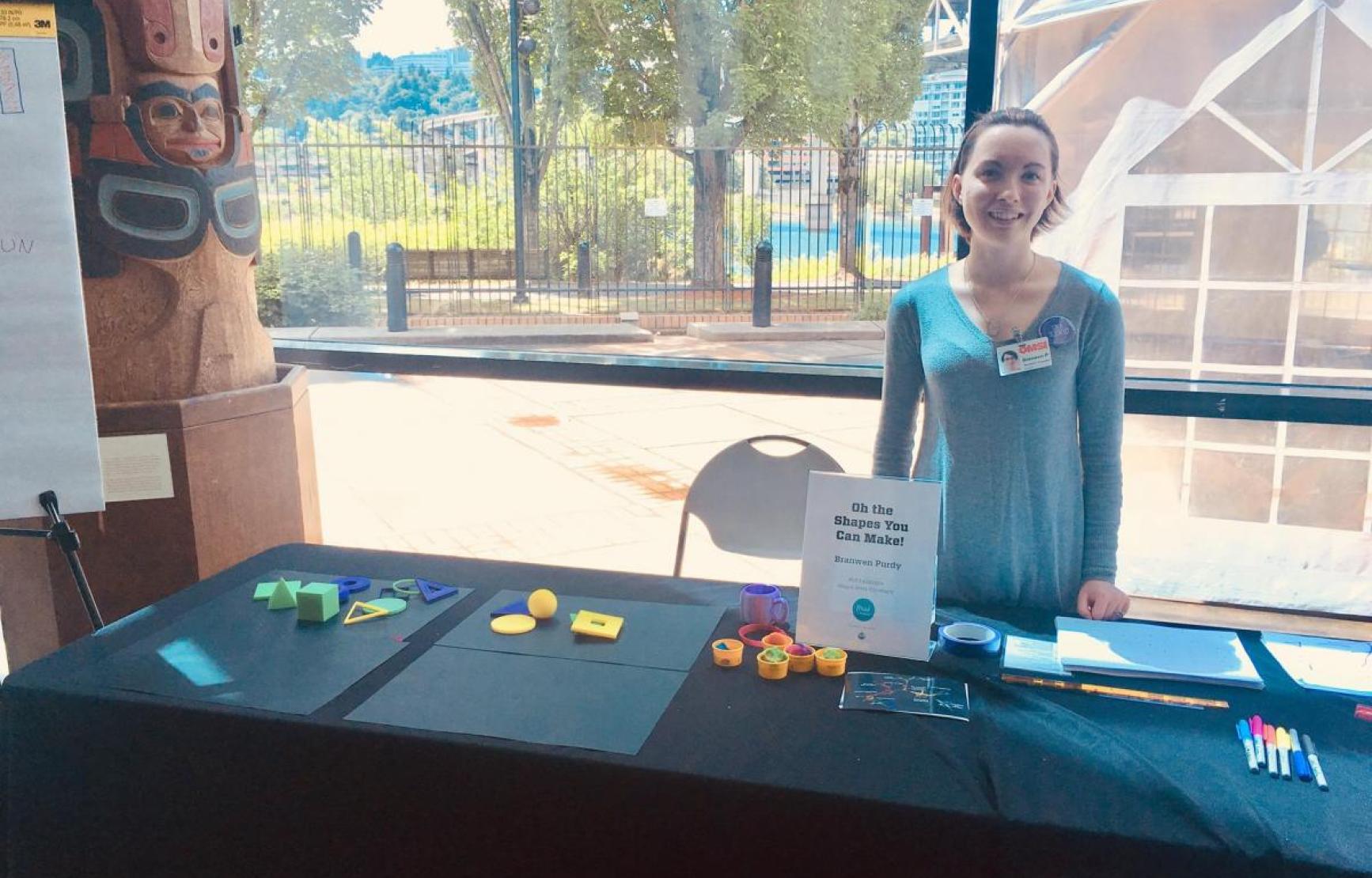Join us for these events hosted by the Department of Mathematics, including colloquia, seminars, graduate student defenses and outreach, or of interest to Mathematicians hosted by other groups on campus.
Maxwell's Equations and HMM (by Boo) and A flexible algorithm for low-dose region-of-interest tomography (by Cowal)
Speaker: Wei-Xi Boo and Peter Cowal
ABSTRACT (talk by Boo): Meta-materials have unique electromagnetic properties and possess transformative potential for optics. Electromagnetic waves are governed by a set of partial differential equations called Maxwell's equations. The material response to electromagnetic waves is modeled by constitutive laws. Accurate simulations of Maxwell's equations with dispersive constitutive laws can aid the design of such materials. However, materials with such unique electromagnetic properties often have nano-scale structures that pose a challenge in solving Maxwell's equations numerically due to the resulting high computational cost. We describe a novel numerical method enabled by Heterogeneous Multiscale Methods (HMM), designed to simulate Maxwell’s equations coupled with the constitutive laws efficiently. We also present an energy analysis and error analysis for this numerical method.ABSTRACT (talk by Cowal): Traditional algorithms for CT reconstruction require measurements to be taken… Read more.
